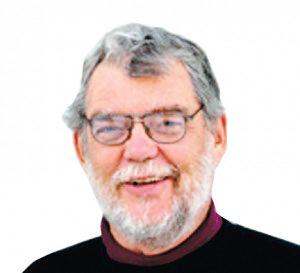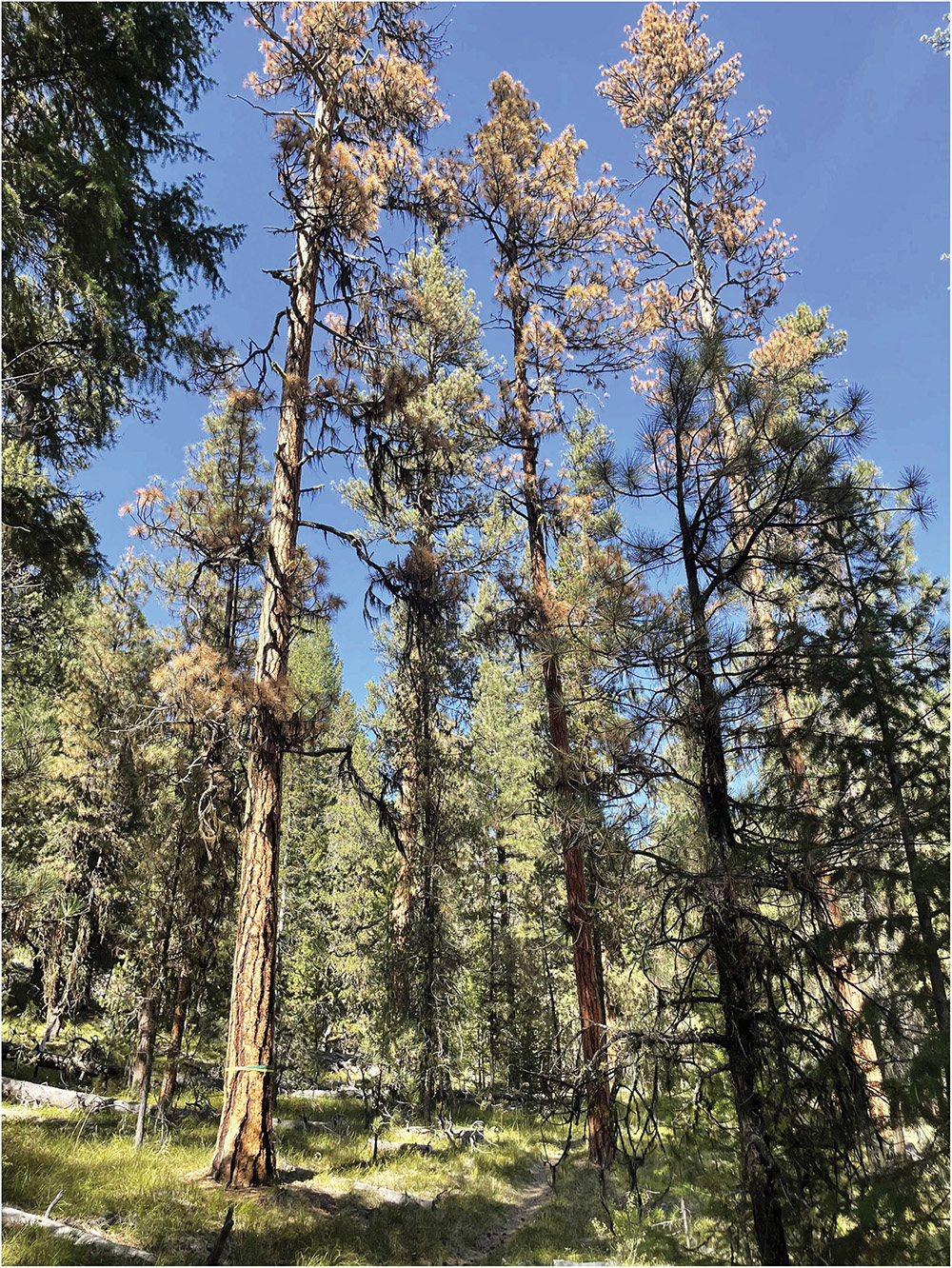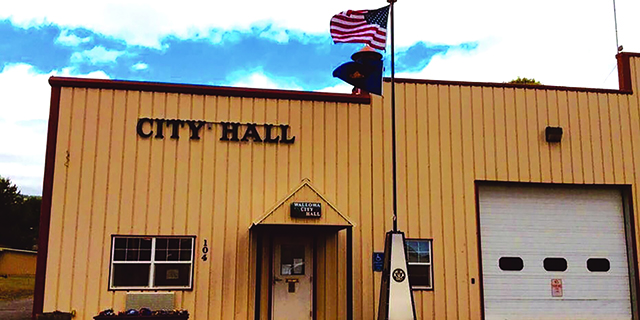MAIN STREET: Beyond hayfield, economy goes haywire
Published 4:00 pm Tuesday, February 18, 2014

- Wandschneider_mug
This fall we bought hay for Orianas sheep from Mike Coppin fine, third-cutting alfalfa that fair ewes and lambs think is sheep candy. We talked about cows, sheep, the price of hay, the weather, the county, and everything else that enters the mind of a good farmer-philosopher like Mike. He was explaining to me how most of his hay was shipped to Washington where it was compressed and chopped into small compact bales that were then shipped around the world to high-end users.
You know, he ruminated, Im a pretty good farmer and I do all right at it here in the county (pause).. but I cant eat at the same table that the people who buy my hay eat at.
Trending
Now, I dont really remember whether he said eat at the same table or drink the same wine, but the point was clear: There is a huge division between the producers even the very good producers and the consumers of specialty agricultural products.
More to the point, there is a huge difference in our country between the people who do most of what we think of as work, and those who hold most of the wealth. Grandson Trey, googling on my computer, told me that we could rent a Lamborghini for $5,000 a day, and I told him that there are people who can do that, and even more of them who can and do pay $1,000 a night for motel rooms and routinely eat out at $100-a-setting restaurants.
Back to Mike and his cohorts in agriculture, the system they work in is part of a huge network of workers who build machinery and keep it running, build hay sheds and trucks and roads and keep them plowed and paved, deliver the mail, pump the gas, sew the gloves, buy and sell the overalls keep us all alive with food and fiber and the many commonplaces of daily life that we take for granted. Id count our local banks and bankers, realtors and bookkeepers, and of course the docs and nurses, among the workers who keep our community and all of us up and running.
The people of wealth that one percent or five percent of the population that grows its corpus by the manipulations of words, funds, currencies, default swaps and all the other tools of hedge fund capitalism that the most of us dont understand need and use food and fiber, docs, nurses, and haircutters too. And it is true that the rich have been with us always who built the pyramids and bought Picassos paintings? but there is something new and visceral about the gulf between rich and the rest that brings it into conversation when you are buying hay in Wallowa County.
It happens when you learn that the wages of a Fortune 500 CEO, 30 or 40 years ago averaging 20 or 30 times that of an average employee, has ratcheted up to 270 times that of the worker. It happens when I ask my longtime conservative friend Mike Reed, who has carefully held and managed shares of American companies for decades, what he thinks about day-trading and the impact of computer programs on market prices.
I try to follow the national economy through a couple of magazines so that I am ready for conversation with the two Mikes and can answer my grandchildren when they ask if we are poor and read recently about the evaporation of productivity. The author pointed to the heyday of American industrialism, when General Motors employed 600,000 people directly, and how the leading high tech companies of today employ maybe 10 percent of the normal numbers of the 1950s. (My dad owned a gas station then, and I remember reading that a quarter of all jobs were directly related to the automobile.) The author said the assumption was that new technologies would always make the entire economy more productive, as had the auto industry in its time, but something has gone amiss today.
Trending
Economic productivity is an odd concept that I do not understand. I remember reading how Amish farmers were not as productive as was an Amish farm when it was sold, worked by realtors, lawyers, and accountants. But the common sense in a hayfield conversation says that there is something fishy about an economy that is dominated by advertisers, colleges that are dominated by finance majors and people learning to program video games, and pro quarterbacks and hedge fund gurus who purchase high-end Wallowa County hay for their hobby farms.
Main Street columnist Rich Wandschneider lives in Joseph.









